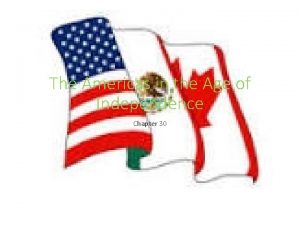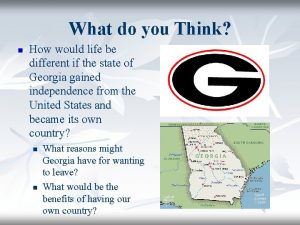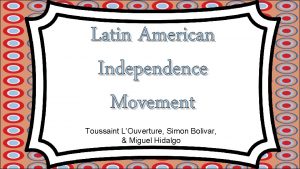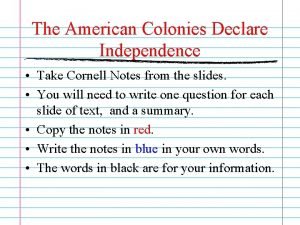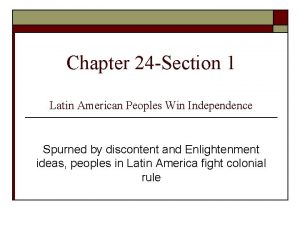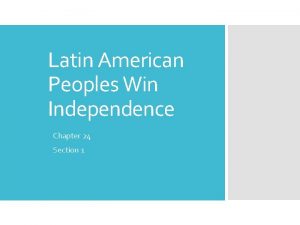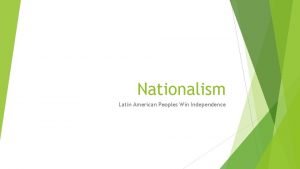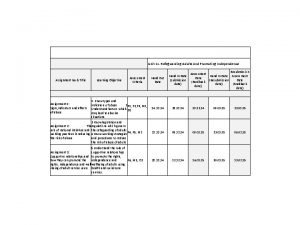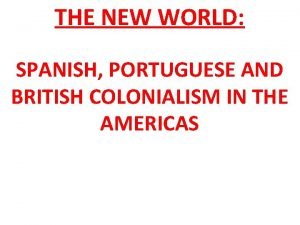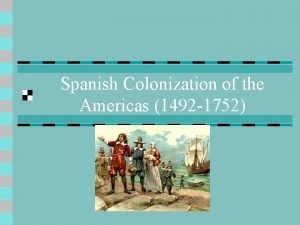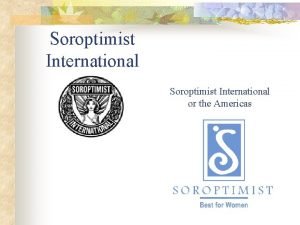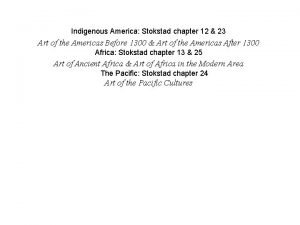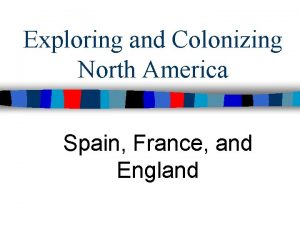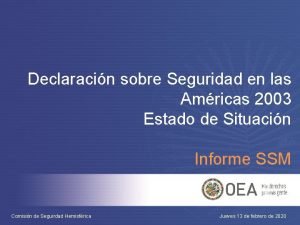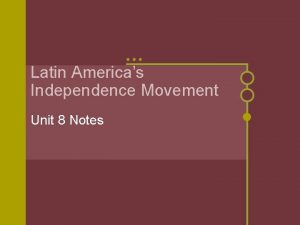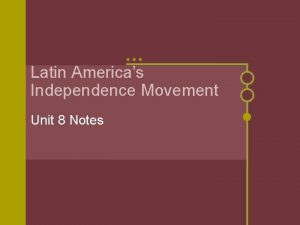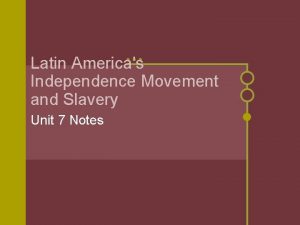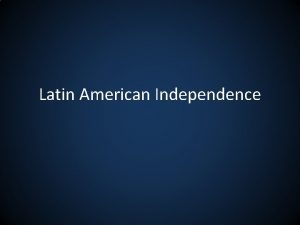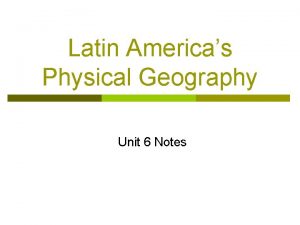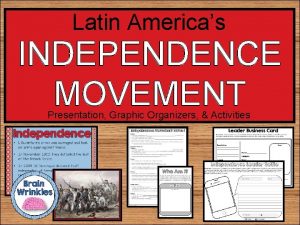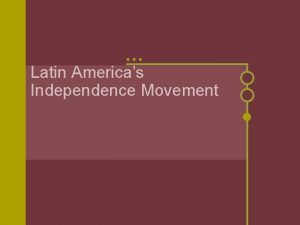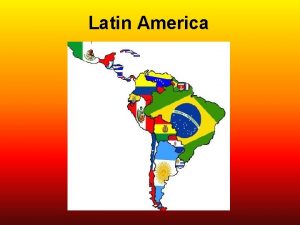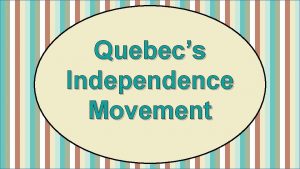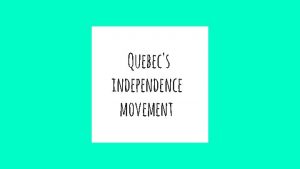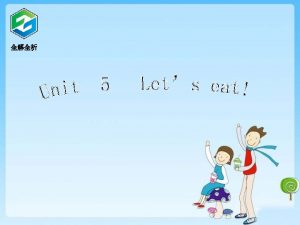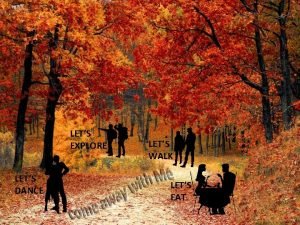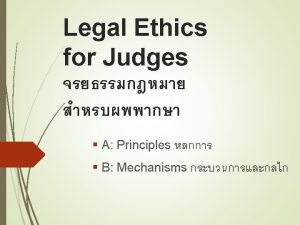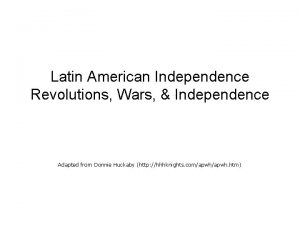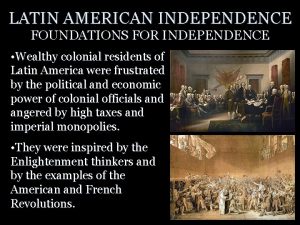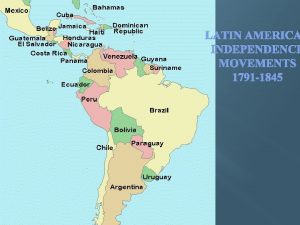Latin Americas Independence Movement Unit 7 Notes Lets




















- Slides: 20

Latin America’s Independence Movement Unit 7 Notes

Let’s Recap: Background to Independence • Spain is building an empire- Native Americans are the lowest class • Native Americans begin to die because of European diseases • Introduction of Slavery • New ethnicities- Mestizo, Mulatto, Criollo • More money from Triangle Trade = more slaves • Slaves are unhappy= more rebellions

Toussaint L’Ouverture Haiti

Haiti

Haiti-Toussaint L’Ouverture • former slave in Haiti; Haiti freed in 1777 • 1791: led a huge slave revolt against the French in Hispanola • France was also fighting a war against Spanish forces in Hispaniola; couldn’t deal with slave rebellions • promised that any slave who joined the French army & fought the Spanish would be freed • 1795: L’Ouverture’s army helped French defeat the Spanish


Toussaint L’Ouverture • 1801: L’Ouverture led a huge army into a Spanish colony & freed all slaves there • Six months later, he became “governor general of Haiti for life. ” • 1802: Large French army lands in Haiti wanted to restore old French government & regain control of sugar trade • L’Ouverture’s army fought the French & lost • French arrested L’Ouverture and sent him to prison in France • L’Ouverture died

Haiti’s Independence • L’Ouverture’s army was outraged; it took up arms against France. • November 1803: defeated last of the French forces • 1804: declared Haiti independent of French rule • Haiti became the 1 st country in Latin America to break free of European imperialism.

Simon Bolivar Venezuela, Colombia, Ecuador, Panama, Bolivia


Simon Bolivar • wealthy Venezuelan criollo who spent many years traveling Europe • While in Italy, he discovered his life’s purpose: to liberate his homeland from European control. • 1810: Bolivar’s army kicks Spanish governor out of Venezuela • 1811: new constitution proclaimed Venezuela’s independent of Spanish rule • Soon after, Spanish royalists defeated the new country’s army & Bolivar was forced to flee to New Granada (Colombia).

El Libertador • Bolivar organized a bigger army & marched back into Venezuela. • 1813: Bolivar’s army won & took control of Venezuela’s capital, Caracas • Bolivar was nicknamed El Libertador. • Over the next few years, Bolivar liberated New Granada (now Colombia), Ecuador, Panama, Peru, & Upper Peru (now Bolivia).



Miguel Hidalgo Mexico


Miguel Hidalgo • Catholic priest in the town of Dolores • began the struggle for Mexico’s independence in 1810 • September 16 th, 1810: 1810 “Cry of Dolores” Dolores was his call for revolution; rang church bells and shouted, “Long live our Lady of Guadalupe! Death to bad government! Death to the Spaniards!” • an army of mestizos & Native Americans rallied behind Hidalgo


Mexico’s Independence • 80, 000 people joined the fight, but the army was soon defeated by the Spanish • Hidalgo was captured and executed in 1811 • Mexicans continued to fight for independence over the next decade. • 1821: Mexico gained independence from Spain. • Mexico celebrates September 16 th as its Independence Day. • The president rings a bell in Mexico City and repeats Hidalgo’s “Cry of Dolores. ”

 The americas in the age of independence
The americas in the age of independence Quebec's independence movement worksheet answer key
Quebec's independence movement worksheet answer key Quebec independence movement political cartoon
Quebec independence movement political cartoon Simon bolivar independence movement
Simon bolivar independence movement Cornell notes on the declaration of independence
Cornell notes on the declaration of independence Latin american people win independence
Latin american people win independence Latin american peoples win independence
Latin american peoples win independence Latin american peoples win independence
Latin american peoples win independence Que países conforman la gran colombia
Que países conforman la gran colombia Latin american peoples win independence
Latin american peoples win independence Latin american peoples win independence
Latin american peoples win independence Unit 11 safeguarding adults and promoting independence
Unit 11 safeguarding adults and promoting independence Movement and non movement area
Movement and non movement area Is an axial movement.
Is an axial movement. Spanish caste system in the americas
Spanish caste system in the americas Spanish colonization of the americas
Spanish colonization of the americas Soroptimist international of the americas
Soroptimist international of the americas Art of the americas before 1300
Art of the americas before 1300 Ib history exams
Ib history exams European colonization of americas
European colonization of americas Declaración sobre seguridad en las américas 2003
Declaración sobre seguridad en las américas 2003
